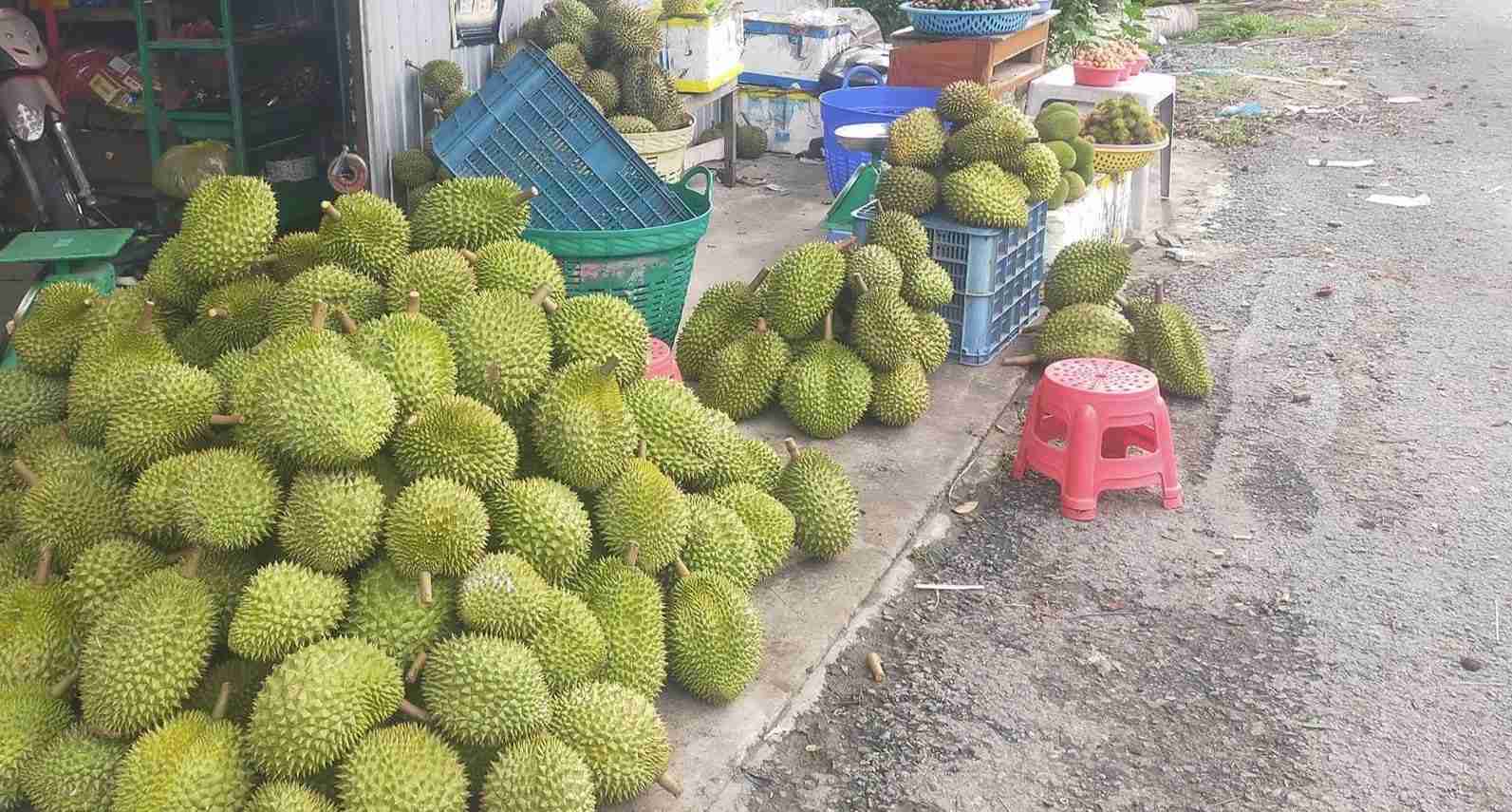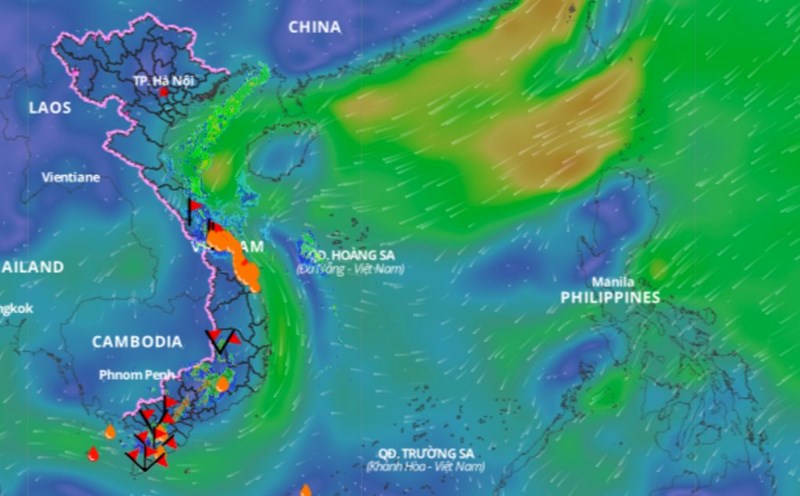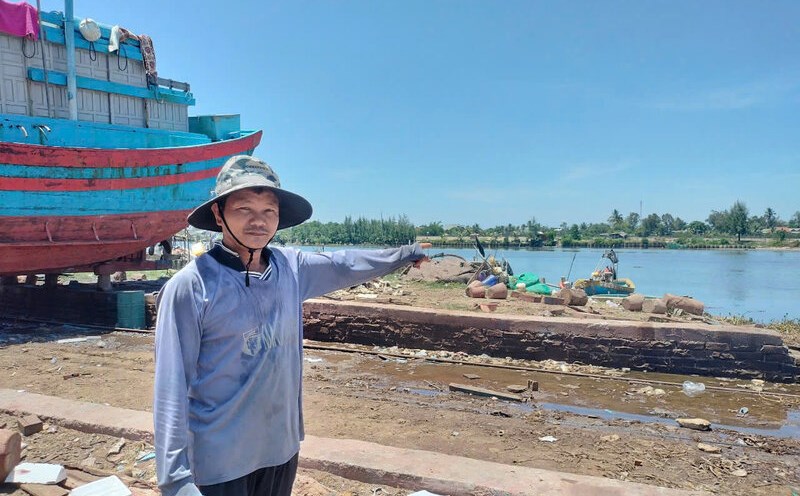At traditional markets in Can Tho City such as Ba Bo, Xuan Khanh... durian prices are currently high. Ri6 durian is currently sold at 100,000 - 130,000 VND/kg at the markets, while Monthong durian is priced from 150,000 - 230,000 VND/kg, depending on size.
According to traders, durian prices have been continuously increasing for about a month now. Despite the high prices, durians are only seen sporadically at some stalls because the supply from the Central Highlands has run out of season.

Talking about the reason for the high price of durian, Ms. Nguyen Thi Tu (a trader at Xuan Khanh market, Ninh Kieu district, Can Tho city) shared: Because the Central Highlands season is over, the supply has decreased. Although bad weather has reduced the quality of the fruit, the fruit is small, mushy, and not sweet, but due to high transportation and preservation costs, the price of durian has increased.
Accordingly, Ms. Tu's store increased the price of Ri6 durian type II from 75,000 VND/kg to 95,000 VND/kg, and Monthong durian from 120,000 VND/kg to 135,000 VND/kg.
Although durian prices have increased, Ms. Tran Thi My An, a trader at Ba Bo market (Can Tho city), has reduced the amount of imported goods because she is afraid of purchasing power.
"Compared to 2-3 months ago, purchasing power at the store has decreased by 30%. The price is high but durian is sold all year round, while the quantity purchased is low, and transportation costs are high during the rainy season, so I have reduced the amount of goods imported," said Ms. An.

According to the Ministry of Agriculture and Rural Development (MARD), the country's durian area has increased dramatically from 32,000 hectares in 2015 to more than 150,000 hectares in 2023. This area has doubled the durian development orientation (about 65,000 - 75,000 hectares, output of 830,000 - 950,000 tons) in the Project on Developing Key Fruit Trees to 2025 and 2030.
The Ministry of Agriculture and Rural Development recommends that localities need to develop plans to develop durian production in concentrated areas, not expanding the area, especially in areas with unsuitable soil, no conditions for intensive investment, areas without closed dykes, and dykes that are not guaranteed to cause flooding during the rainy season and saltwater intrusion during the dry season in the Mekong Delta region.











